After Nintendo exploded the mobile market with Pokemon Go, expectations were high when word came of a Super Mario game in the works for phones and tablets.
Indeed, when Mario creator Shigeru Miyamoto showed up on Jimmy Fallon’s show to help promote their latest products, NBC’s hypeman gave them the full, ‘It’s great… it’s so great!’ treatment.
What a difference a week makes.
Nintendo stock took a 16% nosedive after the opening bell. It did rebound some 20%, but that still meant it was down some 11% from last week. What could have happened?
Looking at the iTunes page for Super Mario Run today, the game’s rating is showing at only 2.5 stars. And a lot of those reviews are 1 star. Really? A ton of 1 star reviews for a classically styled Nintendo game?
When you read those negative ‘reviews’ they are almost uniformly about the same topic. The $9.99 price tag.
When They Give Away The Milk
Nintendo’s previous massive success with Pokemon Go followed the tried and true free-to-play (F2P) pricing option where players could download and play the basic game with no cost at all.
Many F2P games have advertisements in them for revenue, but mostly rely on micro-transactions in the game as players buy add-ons, upgrades and other options.
Some in the gaming community have argued that this has created a sense of entitlement among mobile and casual players that games should always follow this model or a similar revenue program.
But, Forbes Magazine writer Eric Kain argues that companies like Nintendo have every right to price their premium products to protect their brand’s image. With so many F2P games on the market, many come from unknown companies sometimes creating dubious products.
A company like Nintendo has a reputation for producing high-quality products that are safe to download and fun to play. And such a pay scheme is not a one-size-fits-all solution for every company or every title.
“What shareholders would like to see is that Nintendo [mobile] games will position themselves on such a high level as that [Freemium products like Clash of Clans], but that’s almost impossible…”
— Peter Warman, Newzoo
When you compare the price tag of Super Mario Run, which is $9.99 for Worlds 1-6, against AAA console titles premiering at $59.99 and even $69.99, it hardly seems like a drop in the bucket. But mobile apps have a stigma.
Perhaps it’s due to so many products already offering free-to-play models. Or maybe there’s still something strongly psychological about holding a game package in your hands after you’ve paid for it vs. a digital download — even when that digital download is a premium product from a long established company.
Despite the negative reviews and stock price dip, Super Mario Run still made over $4 million dollars in revenue on Day 1 of release, according to AppAnnie.com. It was the top ranked download in 60 countries worldwide, with over 10 million users installing a copy on their devices. So clearly the price didn’t bother that many people at launch.
Why Buy The Cow?
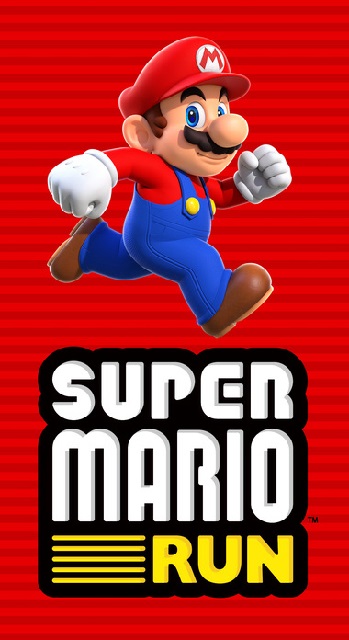 Unlike the AAA level of console and PC gaming which normally requires a massive studio with a multi-million dollar budget, big name franchises and promotions, the mobile market was an opportunity for developers starting at the ground level.
Unlike the AAA level of console and PC gaming which normally requires a massive studio with a multi-million dollar budget, big name franchises and promotions, the mobile market was an opportunity for developers starting at the ground level.
For those garage band companies working on a shoestring budget or a Kickstarter prayer, getting their product seen often means offering it for free with hopes later games can be sold at a price break.
But, when even the big boys are giving away the milkshakes does that do more harm than good?
Independents have to compete even harder to get player attention when big studios are creating free-to-play games — many of which are tied to their big ticket franchises. Spin-offs like Injustice or Assassin’s Creed: Pirates fed off and even enhanced sales of their original products. Some apps like Fallout 4’s Pip-Boy are direct tie-ins meant to augment the console experience.
Nintendo is late to the mobile market, and premium product pricing has not had the levels of success F2P options have. While it’s very unlikely Nintendo will make any changes to their price break for the upcoming Android version of Super Mario Run, it will be very interesting to see what they decide to do with future mobile apps moving forward.
Get What You Pay For?
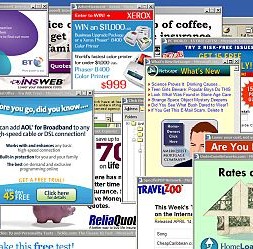 Is being able to play a game for free worth sifting through all the knock-offs and bad imitations? Clicking or waiting through constant ads every few minutes? Knowing you’ll never be able to rank up with the pay-to-win crowd? Or worse, risk exposing your device to potentially harmful code?
Is being able to play a game for free worth sifting through all the knock-offs and bad imitations? Clicking or waiting through constant ads every few minutes? Knowing you’ll never be able to rank up with the pay-to-win crowd? Or worse, risk exposing your device to potentially harmful code?
Then, there’s the micro-transactions themselves, which creep up on you. Sure, spending $1 here or $5 there for a quick upgrade or bypassing a level isn’t much. But after just buying a few, you’ve paid for a premium download.
Sure, Super Mario Run might be pretty expensive for a mobile game — but its price tag isn’t much higher than what most people pay in microtransactions anyway. And the fact that so many fans are complaining about paying the price up front just shows that we’re only tricking ourselves into thinking that one model is better than the other.
We might think we’re being smart by picking the F2P version only to spend more money over the long haul. But the truth is that once you’ve bought that cow, you can have all the milk you want, whenever you want. And among a herd of mobile games that are mostly offering sour milk at an ultimately higher microtransaction price, an excellent game like Super Mario Run is a good thing — even at $9.99.
What’s the most you’re willing to spend on a mobile app? Are you willing to pay a premium upfront price if everything’s included?

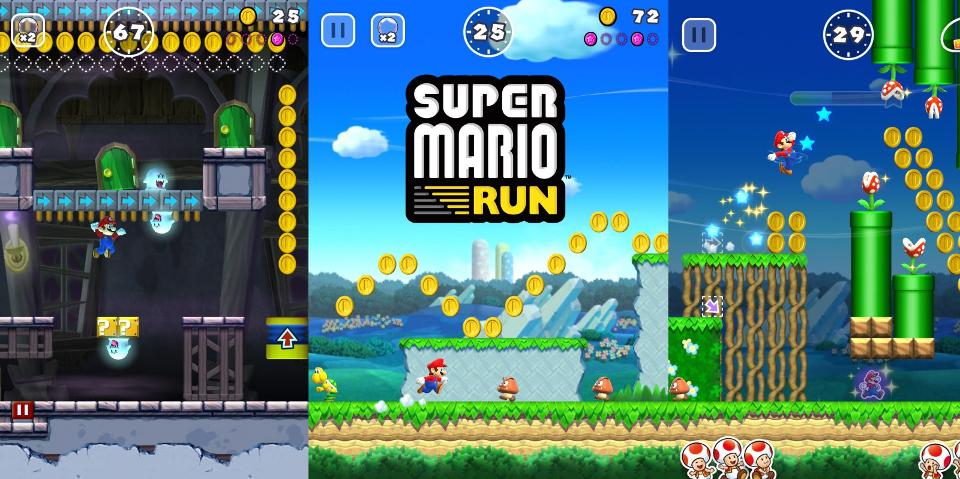

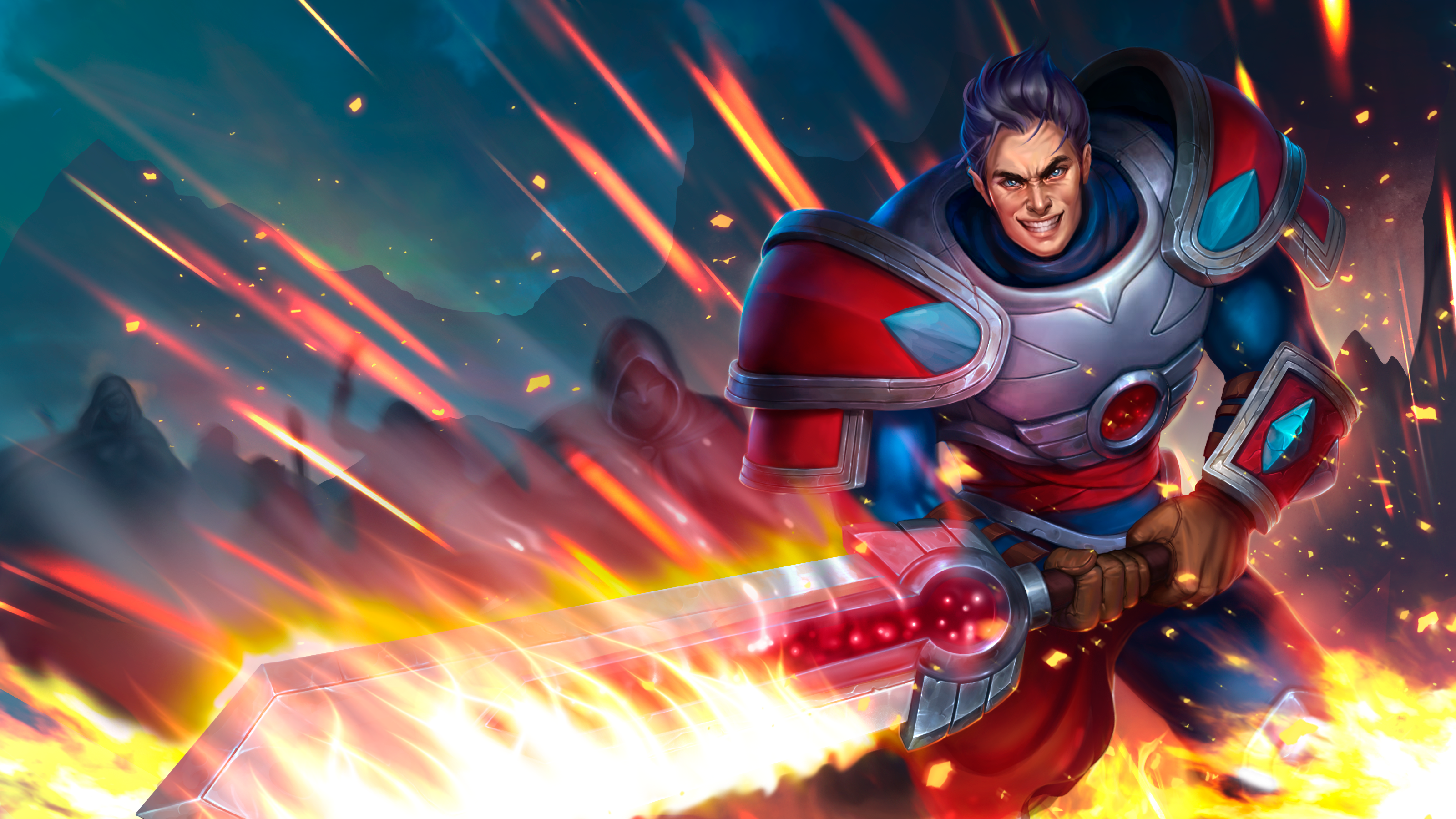

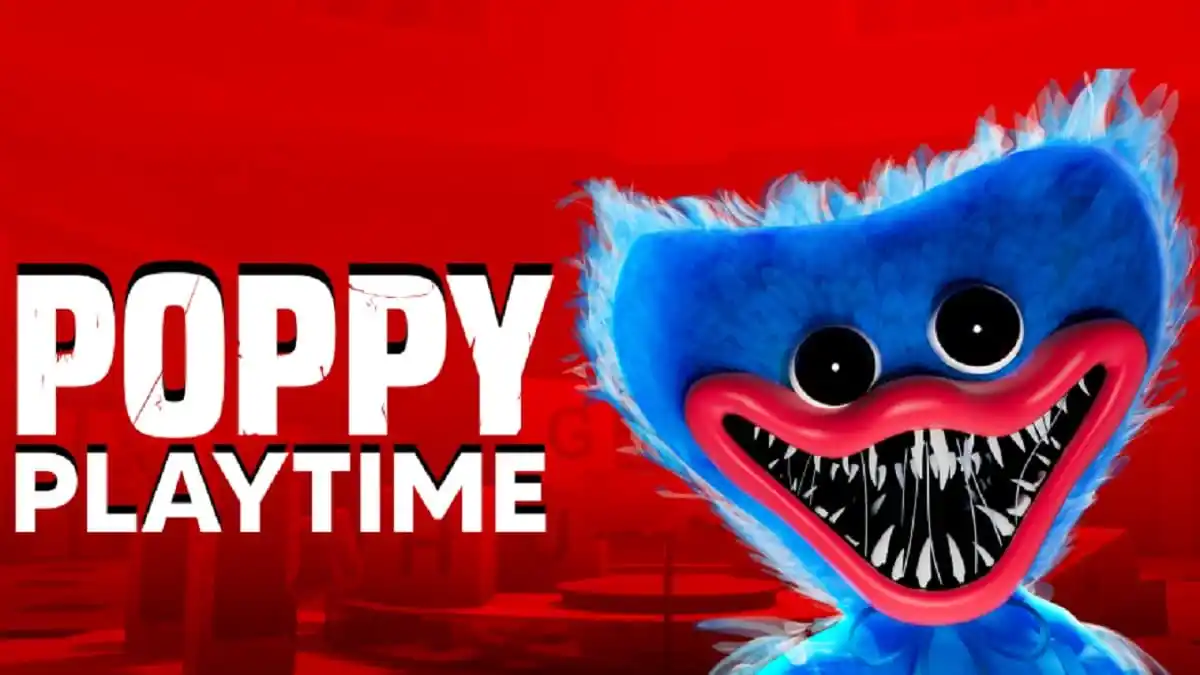
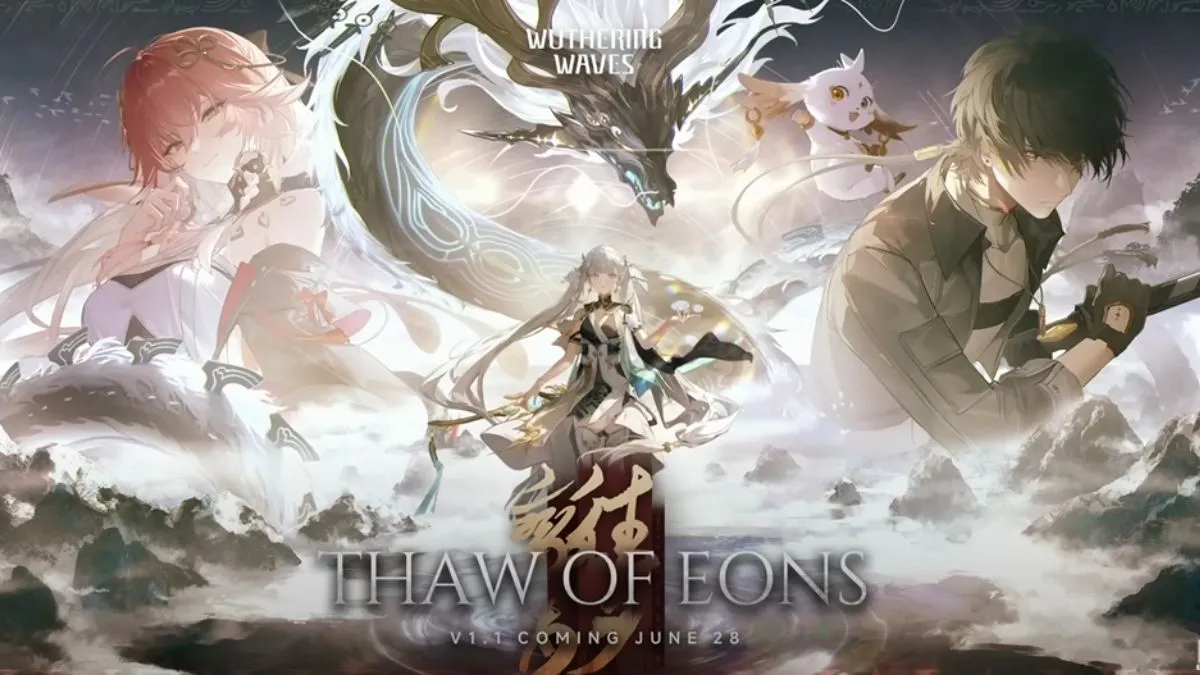
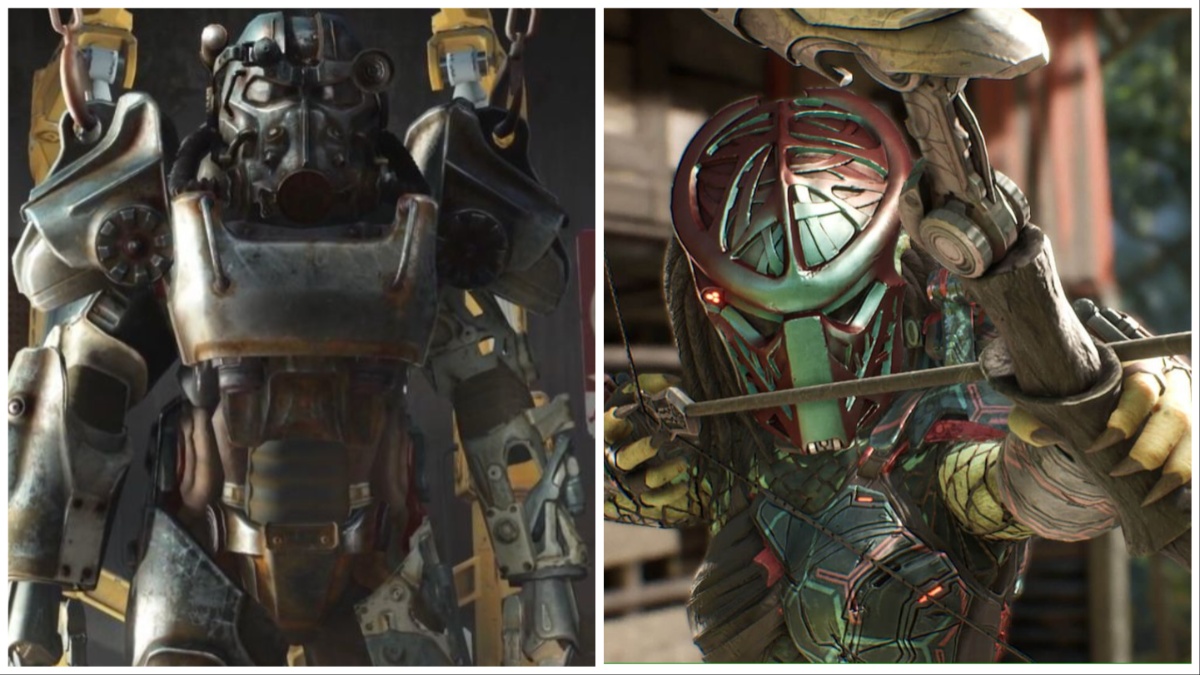
Published: Dec 20, 2016 07:53 am